Gentleman Artists come to DC
Updated: 2016-05-07 04:19
By HUA SHENGDUN(China Daily USA)
|
||||||||
Poetry, painting, and calligraphy — known as the “Three Perfections” — are the foundation of traditional Chinese art. No one body of art exemplifies the spirit of this practice quite like the acclaimed Gentleman Artists of the Wu School.
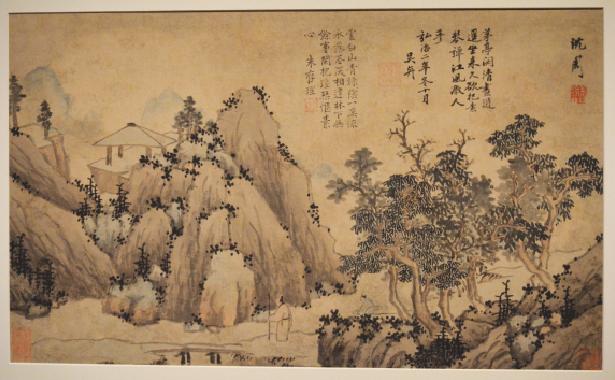 |
|
Walking by a Mountain Stream, painted by Shen Zhou, considered the founder of the Wu School, is a hallmark example of the Wu School style of painting. Wu Yi and Zhu Cunli, two friends of Shen, added calligraphic poems to the piece. Allan Fong / For China Daily |
“The Wu School is the symbol of Chinese painting in the Ming Dynasty,” said Zhichao Lyu, a fellow of Chinese painting conservation at the Arthur M. Sackler Gallery in Washington.
The Sackler Gallery’s exhibition Painting with Words celebrates the Wu School by examining the imagery, brushstrokes and poetry of the artists.
Based around the ancient city of Suzhou, East China's Jiangsu province, artists of the Wu School drew inspiration from the surrounding hills and wetlands by Lake Tai and the Yangtze River. Though the city was a vibrant and affluent hub of political and economic activity, it was still able to provide the quiet, simple lifestyle the Gentleman Artists sought.
The tranquil landscape surrounding Suzhou inspired a recurring theme of natural aesthetics and private outings. Depictions of thatched huts partially hidden by forests and gentlemen strolling along a mountain stream are typical of the Wu School style.
Followers of the Wu School were known for their gentle, lightly colored landscapes and a restrained use of color. Accompanied by fluid and graceful calligraphy, the overall effect of their work is a world of natural serenity.
The associated poems communicate a similar message, articulating the painted scene and, in those containing a human element, inspiring a layer of depth to the subjects’ state of mind.
Themes expressed in Ming Dynasty art were carried down from previous dynasties, though with stylistic variations.
Each painting is built up from a series of brush strokes meant to express the personality and feelings of the artist, rather than display his technical competence.
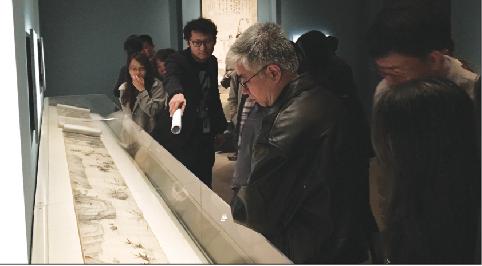 |
|
Zhichao Lyu (second from left), Andrew W. Mellon Fellow in Chinese- painting conservation at the Arthur M. Sackler Gallery in Washington, leads a Chinese-language tour through the Painting With Words exhibition on April 30. The gallery has one of the most comprehensive collections of Wu School art in the nation. Provided to China Daily |
“Artists of the Ming Dynasty inherited the essence of the arts from the Song and Yuan dynasties, and they directed the artists that came after them. So the artists combined some great effects together, as well as developed new techniques,” said Lyu.
The Gentleman Artists of this era knew each other and bonded over their stylistic approaches. “Wen Zhengming and Tang Yin, two of the Gentleman Artists, were very close friends,” Lyu said. “You can even see in their paintings that they have a good relationship.”
Wen Zhengming, head of the Wu School for several decades, and Tang were born in the same year on the same street, and had frequent interactions in and outside of their artistic endeavors.
The same is true of many artists of the era, who were all like-minded in their pursuit of their craft. A different artist or artists, usually a close friend, traditionally wrote poems to accompany each painting, a practice that conveyed mutual respect for each other’s work.
The aspect of community surrounding the Wu School’s body of work is felt by admirers to this day. One self-proclaimed art enthusiast, Susan Feltner, organized a group of Chinese Americans at the Sackler gallery on April 30, for a private tour given in Mandarin.
“Young people enjoy participating in these cultural events now as part of their life, especially in China,” she said. “This is how we socialize now, and how we bond over common interests.”
It is not unlike the artists themselves, said Feltner. “You look at these painters, and many of them knew each other, and became very good friends because they shared the same intellectual pursuits,” she said. “The same is true today; making friends is all about finding people who are on the same intellectual wavelength as you.”
The Sackler Gallery is a branch of the Smithsonian museums exclusively dedicated to Asian art, and houses one of the most comprehensive collections of Wu School paintings in the country. The Painting with Words show runs through July 24.
Allan Fong in Washington contributed to this story.
- Inspection teams to cover all of military in anti-corruption drive
- Tornado, heavy rain batters Central China's Hunan
- Beijing to cut downtown population this year
- Palace Museum confirms ancient relics find
- Disney promises ‘safe, pleasing service of high quality’
- Couple detained for selling their two sons

 Raging wildfire spreads to more areas in west Canada
Raging wildfire spreads to more areas in west Canada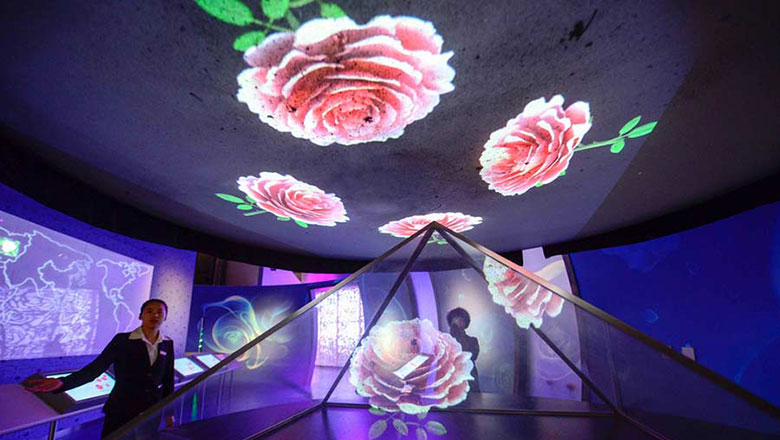
 World's first rose museum to open in Beijing
World's first rose museum to open in Beijing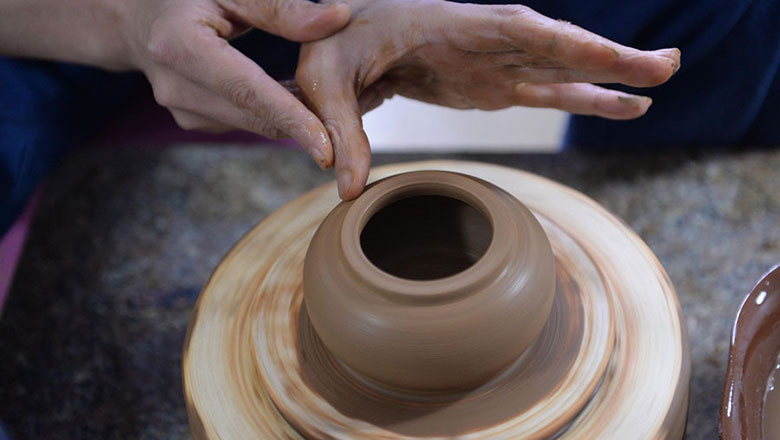
 Teapot craftsman makes innovation, passes down techniques
Teapot craftsman makes innovation, passes down techniques
 Top 8 iOS apps recommend for mothers
Top 8 iOS apps recommend for mothers
 Five things you may not know about the Start of Summer
Five things you may not know about the Start of Summer
 Art imagines celebrities as seniors
Art imagines celebrities as seniors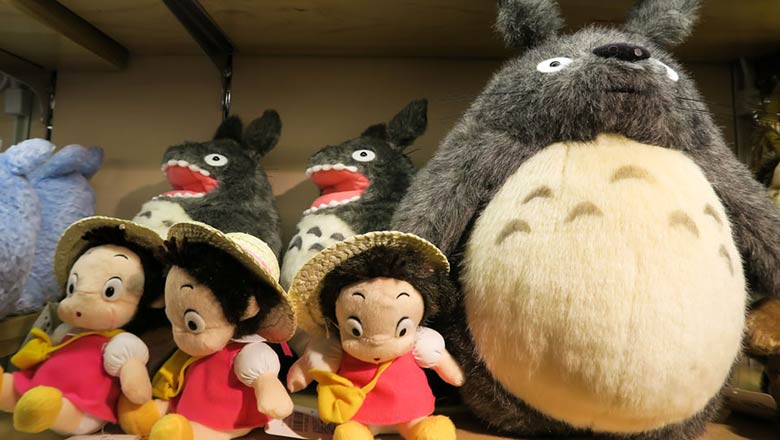
 Japanese animator Miyazaki's shop a big hit in Shanghai
Japanese animator Miyazaki's shop a big hit in Shanghai
 Star Wars Day celebrated around world
Star Wars Day celebrated around world
Most Viewed
Editor's Picks

|

|

|

|

|

|
Today's Top News
Liang avoids jail in shooting death
China's finance minister addresses ratings downgrade
Duke alumni visit Chinese Embassy
Marriott unlikely to top Anbang offer for Starwood: Observers
Chinese biopharma debuts on Nasdaq
What ends Jeb Bush's White House hopes
Investigation for Nicolas's campaign
Will US-ASEAN meeting be good for region?
US Weekly

|

|







